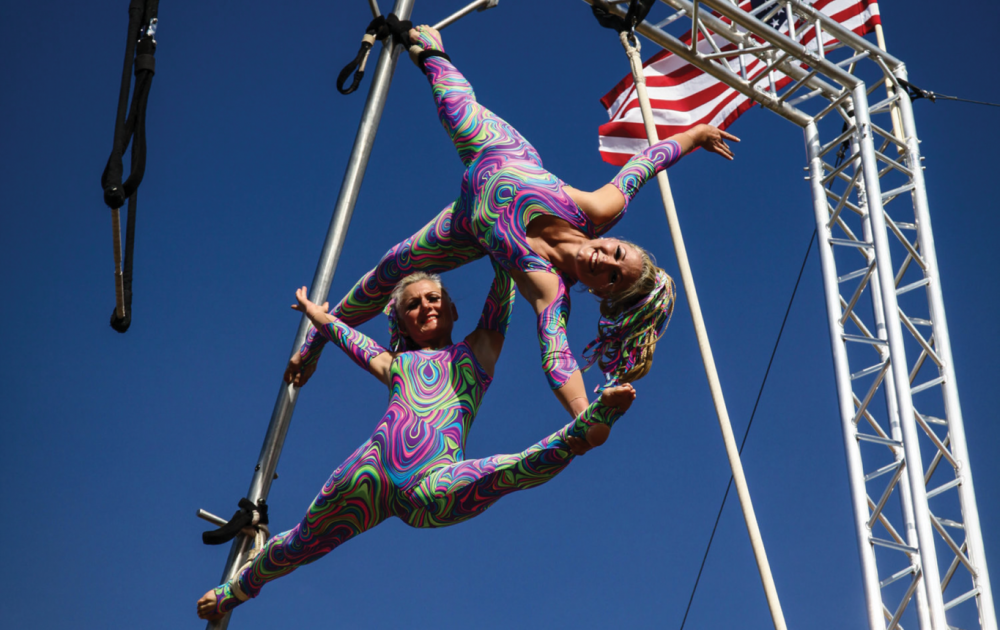
How old I grow, flash me the number three on the back of a jersey and a big smile crawls across my face.
Growing up as a baseball fan in the South in the 1980’s in my household meant cheering for the Atlanta Braves. A lot of people will read the cheering for the Braves part and nod their heads, but let me throw out a reminder.
During the 1980s, the Braves were a far cry from the 90’s and beyond version that reached the postseason almost every year.
The 80’s Braves only had four seasons where they finished with 80 or more wins and finished below .500 in the other six seasons.
There was the magical team in 1982 that made the NLCS only to get swept by the eventual World Series Champion St. Louis Cardinals. The 1983 version, finished as runner-up in the NL West.
The Braves had future Hall of Famer Phil Niekro finishing the tail end of his career, but it was big number three that drew my attention.
Dale Murphy.
Murph the Smurf as my best friend called him, although Murphy was the exact opposite of a smurf.
Murph stood 6-foot-4 and weighed about 210 pounds, could run like the wind, hit for power and patrolled center field better than anyone else in the 80s. He pounded hits, stole bases and in a decade marred by drugs (not performance enhancing but illegal nonetheless) and alcohol abuse. He stood as a shining beacon of all that was good in baseball.
When he stepped to the plate you stopped and watched, often on the edge of your seat, because let’s face it; he was that good. Many a hitter saw a deep fly ball turn into nothing more than a loud out from his defensive prowess and many a pitcher hung their head after failing to blaze a fastball past him.
From 1982 to 1987, no field position player played the game better. He won two National League MVP awards, racked up five gold glove awards and snagged four silver slugger awards.
Murphy played in every game for four-straight seasons and missed just two in two others.
He was the Atlanta Braves and, in a big part, southern baseball in a time when the next closest teams to the south were located in Cincinnati, Pittsburgh and Houston.
Although the Braves floundered, Murphy soldiered on. Never complaining. Never asking to be traded.
When the Braves appeared on the cover of Sports Illustrated as the worst team in baseball, he never cringed and kept playing.
The years took a toll on him and his body. His swing changed a bit as he aged, and the talent around him lacked the pop to help lift the Braves to wins. Eventually the Braves traded him to Philadelphia, making room for a hot prospect named David Justice.
The next year, the Braves reached the World Series. In 1995, Justice slammed the eventual game winning home run, clinching Atlanta’s only world championship.
Murphy’s career sputtered until he retired, and the man who we all associated with the Braves had to watch from afar as his former team reached unprecedented heights. Most long-time Braves fans felt certain the best player from the 80’s and our hero would reach the hall of fame.
And then steroids.
Murphy won the MVP and led the National League in home runs with 36 or 37 over four seasons. The first year Murphy was eligible for the Hall of Fame, 1999, came a year after McGwire hit 70 to lead the majors.
Every statistic changed. The voters saw the insane numbers from the performance enhancer abusers and Murphy, a one-time shoo-in for the hall, looked average. They didn’t compare him to his contemporaries from the 80’s.
Instead they used the Nintendo numbers, powered by the creams, the HGH and who knows what else in the late 90’s. Next to those eye-popping, and let’s face it unhuman statistics, Murphy’s’ numbers paled.
Murphy hasn’t gotten the call from the hall. Other Braves like Phil Niekro, Tom Glavine, John Smoltz, Tom Glavine, Chipper Jones, Greg Maddux, Bobby Cox and John Scheurholz all have and deserve it.
Murphy was one of the best players in a decade that didn’t give us amazing stats. He had the misfortune of playing for some bad teams. Maybe had he been more selfish and played fewer games, his career numbers would have improved. But that’s not who he was. He was the consummate team player and fought just as hard for a 50-win Braves team as he did for the 89-win team in 1982.
I thought about going to Cooperstown when some of the above Braves were enshrined. I didn’t, because I wanted to save the trip for when my favorite player makes it. I have faith the historical committee will rectify the error in the next few years, and I’ll have the chance of watching big No. 3 get his proper place in the hall.
*The views expressed in this column are those of the writer, and do not represent the opinions of V3 Magazine.



